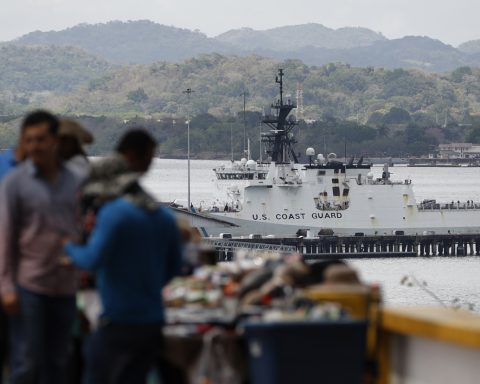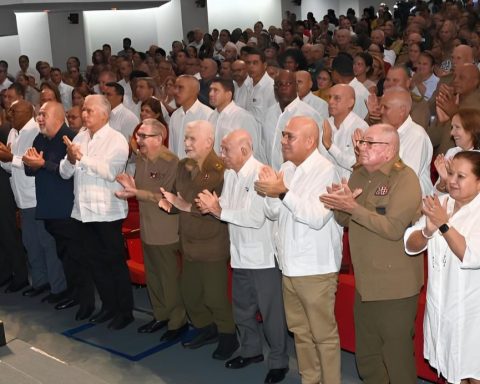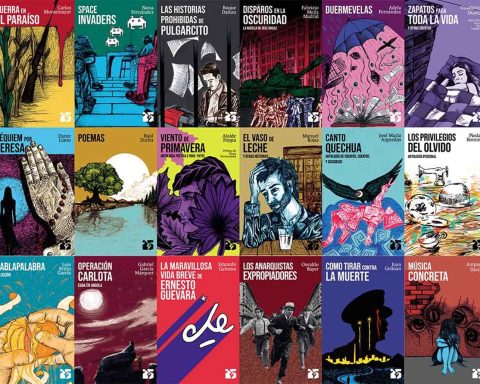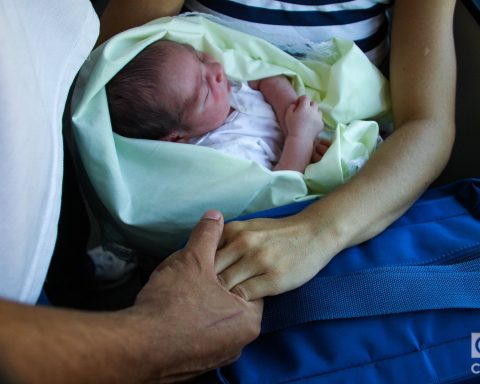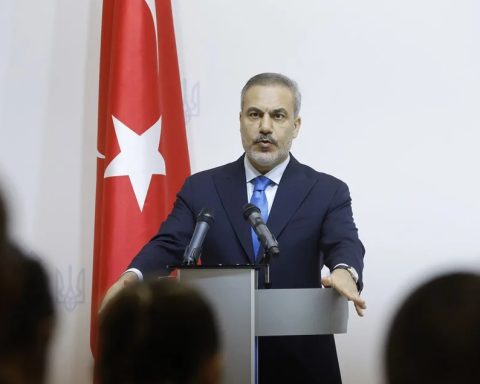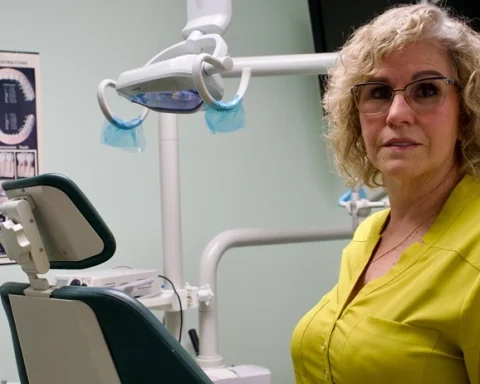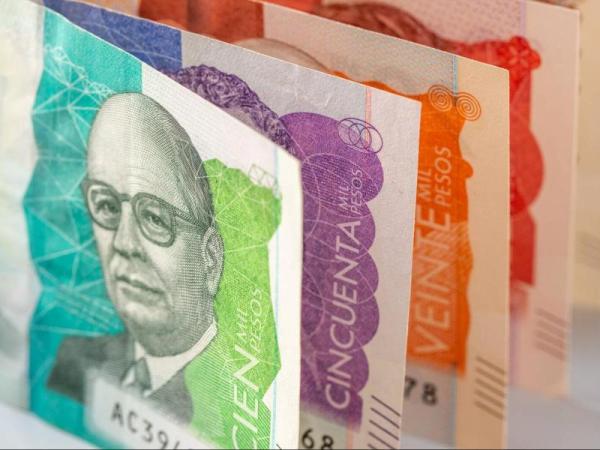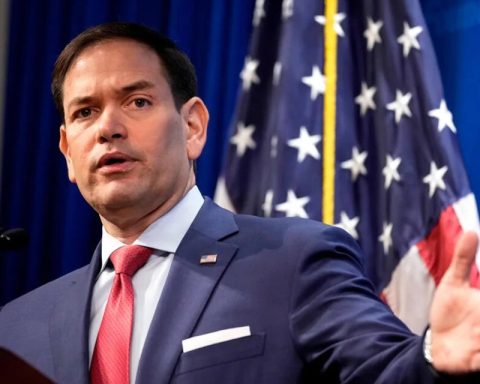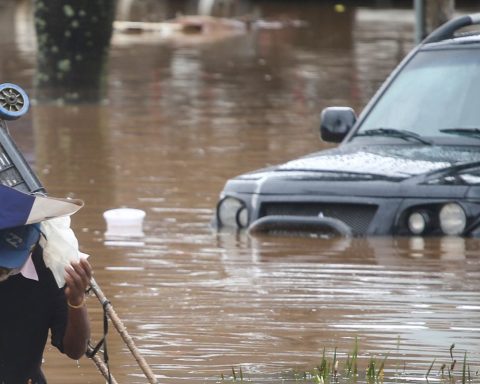AREQUIPA, Peru – In Cuba there are teenagers and young people between 16 and 19 years old involved in drug dealing, said the Vice Minister of Education, Eugenio González Pérez, in statements cited by the state media Cubadebate.
“There is already consumption, possession and sale among young people. Even young people between 16 and 19 years old are involved as sellers,” the official acknowledged during his speech on the program Round Table.
The official press reports that drug use by young people in Cuba today is concentrated mainly among adolescents in eighth and ninth grades, as well as in the first and second years of Technical-Vocational Education.
Likewise, on the Island there is “a transition from the consumption of psychotropic drugs with alcohol and marijuana, to the consumption and possession of the so-called ‘chemical’, related to 47% of the events recorded so far this year.”
According to González Pérez, the authorities’ attention has been focused on 71 municipalities throughout Cuba, on 284 schools that require special attention and on more than 6,000 students at risk.
Nearly 99% of students who have been involved in drug-related incidents have not reoffended, “which explains why, if the situation is addressed in time, it can be resolved,” said the vice minister.
For his part, Colonel Juan Carlos Poey Guerra, head of the anti-drug body of the Ministry of the Interior (MININT), explained that marijuana is no longer the most seized drug on the Cuban coast, but rather cocaine, whose components are stronger and more addictive.
“The intention of Cubans living abroad to introduce drugs into the national territory by air, using passengers, cargo and postal shipments, combining traditional methods of operation and concealment with new ones, as well as the triangulation of operations, continues,” he stressed.
The officer admitted that, despite the actions of the authorities, drugs are affecting the youth sector and there are requests for help for the detoxification of patients, made mainly through platforms and social networks.
Basic Secondary Education, Technical Professional Education and Pre-university constitute the levels of education where they are perceived the greatest impacts.
Regarding the chemical, the MININT director reported that it has different forms of presentation and sale, which generates greater power of addiction, intoxication and contamination, identifying 45 types of the 250 that circulate worldwide.
Poey Guerra also explained that attempts were made to introduce the drug into Cuba from ten countries through the José Martí and Antonio Maceo international airports.
Drug use among minors and penalization in Cuba
Over the past five years in CubaDrug use is a phenomenon that has increased and is characterized by a decrease in the average age of its consumers.
The director of the Mental Health Center of the Centro Habana municipality, Dr. Alejandro García Galceran, He told the official media Granma that the ages of the first experiences with narcotics on the Island are 13 or 14 years old.
While Granma tries to highlight the regulatory role of the Government, assuring that it “maintains a policy to prevent and confront drug use,” the sources cited by the official press point to a failure of that policy and contradict the regime’s propaganda.
In the criminal field, Ileana Julia Gómez Guerra, president of the Chamber for Crimes against State Security, explained in 2023 that in Cuba “what is punished is the possession and trafficking of drugs, not the consumers.”
Penalties range from four to 30 years’ imprisonment, life imprisonment and the death penalty.
Last year, “689 people were penalized and 92% were given prison sentences,” the report says.
In April, the Cuban regime had to admit which is failing to curb drug use. García Galceran then referred to the deficiencies in the midst of an increasingly severe economic crisis.

